Bloody March of 1935… Or the tragedy of the Mokshan people
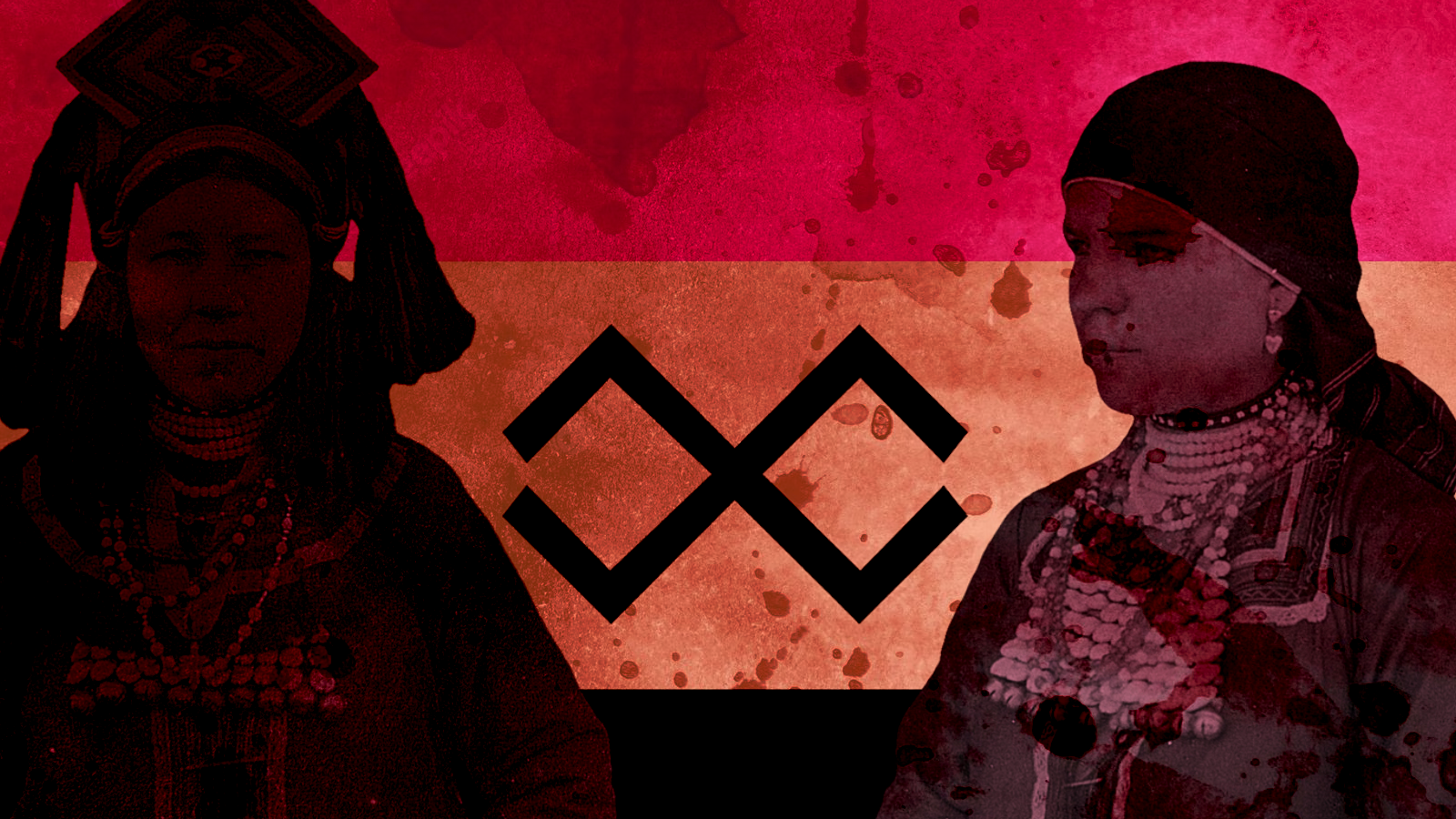
We are publishing an article sent to us by Chovganon Donisi, PhD (Historical Sciences), head of the Committee of the Moksha People Representatives (in exile), director of the Anatoly Ryabov Center for Finno-Ugric Studies.
“Before the eyes of civilized Europe, the bloody ghosts of Karelians, Ingrians, Vepsians, Udmurts, Maris, Erzyans and Mokshans emerge from their graves. They roam the expanses of the continent up to the deserts of Afghanistan and Turkestan, exhausted by hunger, cold and red terror. And the only countries in the world where you can’t tell the truth or speak badly about the current rulers of Moscow are the Soviet Empire and Finland, the citation from the speech of the people’s deputy from the “Patriotic People’s Movement” faction, Lutheran pastor and veteran of several wars against the Bolsheviks, Elias Simojoki in front of the Suomi Parliament in the spring of 1935.
The events he describes cannot be realized by a sane person: in the midst of Stalinist repressions, in the wake of overcoming the consequences of the most severe Holodomor from Ukraine to the Volga region and Kazakhstan, a state institution called the USSR was admitted as a member of the League of Nations. The only politicians who opposed such a rash decision to whitewash the bloody Bolshevik regime were our Finno-Ugric brethren, whom they tried to convict of “rampant fascism” in their homeland. Only a few in the tragic 1930s. could publicly talk about the atrocities of red Moscow, as evidenced in the newspaper files saved in the archives of Finland.
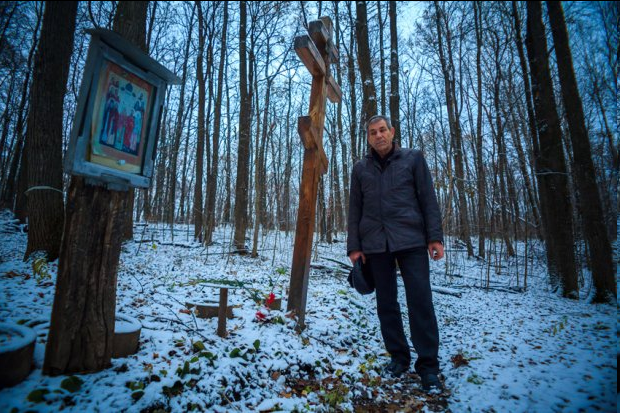
The first targeted “ethnic cleansing” against representatives of the indigenous Finno-Ugric peoples began with the “SOFIN” case fabricated by the Chekists. The national elite of the Erzyans (M. Markelov), Udmurts (K. Gerd), Komi (V. Lytkin), Maris (S. Chavain), Zyryans (D. Batiev)… found themselves in the rink of repression. Arrests were conducted immediately after similar lawsuits in Kharkov in the case of the Union for the Liberation of Ukraine and in Minsk in the case of the Union for the Liberation of Belarus, only the charges were changed due to regional specifics: “Contact with Estonian and Finnish diplomats, spying for these countries, preparing terrorist attacks.”
The tragic fate did not bypass the Mokshans, whom the punishers wearing leather jackets and driving the prison vans took a little later. According to the memoirs of the Erzya educator Illarion Pozdyaev, “as a result, public opinion was set up in such a way that many yesterday’s friends and comrades not only turned away, but even began to openly oppose, although many of us were active party workers who had not previously been suspected in wrecking. Unfortunately, the whole party discussion eventually ended up with the traditional accusation of Trotskyism against my Mokshan colleagues . The cult of personality propagated by Stalin was very contagious and its virus was quickly transmitted to peripheral party members. Few people had the courage in that atmosphere to demand to understand the plausibility of the accusation of Trotskyism. To question this accusation was to expose oneself to danger. Trotskyism was the gravest crime. The accused person was shunned by everyone as if he were the plague, and those who defended the accused fell under suspicion themselves .’’
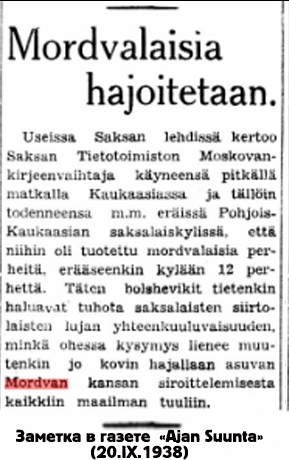
In the spring of 1935, in Saratov, Penza, Tambov and Saransk, the USSR law enforcement agencies took up the Moksha intellectuals. Under the gun were such prominent figures as the ethnographer and linguist-translator Iosif Cherapkin, the archaeologist and numismatist Bogdan Zaikovsky, the folklorist historian Pavel Galaev, the teacher Konstantin Abodeev, the editor and innovative engineer Nikolai Kovalev and others whose names had already been lost in the dungeons of the OGPU- NKVD. It was them who, despite the “Mordvinism” propagated by the Moscow Kremlin, successfully promoted the Moksha idea (Moksh vanf) among the illiterate Moksha population, especially in rural areas, trying to create a modern nation from a scattered and dispersed ethnic group that could rely on its own forces and resources.
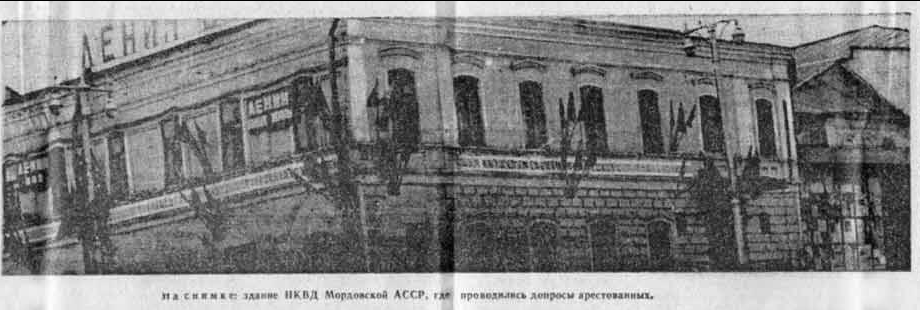
With the accelerated curtailment of the so-called indigenization policy, in addition to russification, the Soviet regime did not shun the old methods of suppressing popular discontent, proven back in the Civil War (1918-1922); this time they targeted each “enemy of the people” separately and very scrupulously. The dissent among foreigners in 1932-1937 was avidly suppressed by Roman Pilliar (Chief Saratov Chekist), Andrey Yemtsov (Chief Penza Chekist), Vasily Selin (Chief Tambov Chekist), Walter Wand and Sigismund Weisager (alternately the main “Mordovian” Chekists).
According to the Tatar historian and public figure Kamil Galeev, it is in the events of the Great Stalinist terror that one should look for the origins of the current state of all the almost assimilated indigenous peoples of the Volga region. “Our main common tragedy is the extermination of the entire educated class in the 1920s-1930s, as a result of which the Tatar and other peoples were beheaded. At the moment, we are like a frog with a brain removed, with a spinal cord that acts purely reflexive, but these reflexes are generally correct. And it’s worth understanding that the problem is that one can’t progress much having only reflexes,” the disappointing conclusion of Galeev.
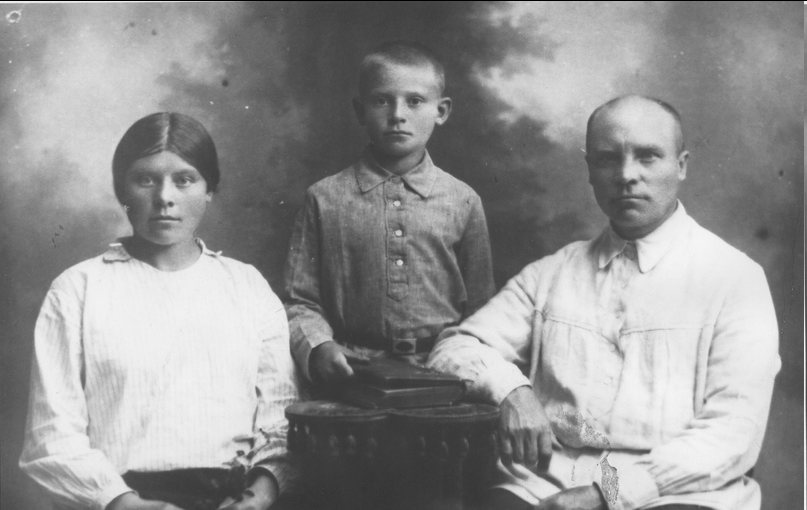
But let’s get back to those who and how beheaded the once multimillion-strong Mokshan people, who left a treasure trove of folklore that surprised even the Finn Heikki Paasonen. Based on the currently available archival sources, it is known that W. Wand, R. Pilliar and S. Weisager, who commanded the “flying” trio squads that delivered extrajudicial sentences on the spot, took an active part in the punitive operations. These fighters against the “national-bourgeoisie” and self-proclaimed “builders of communism” were fabricating cases with their own hands about the so-called “Mordovian bloc of right-wing Trotskyists and nationalists” while claiming to bring “bright future” closer under the banner of Marxism-Leninism.
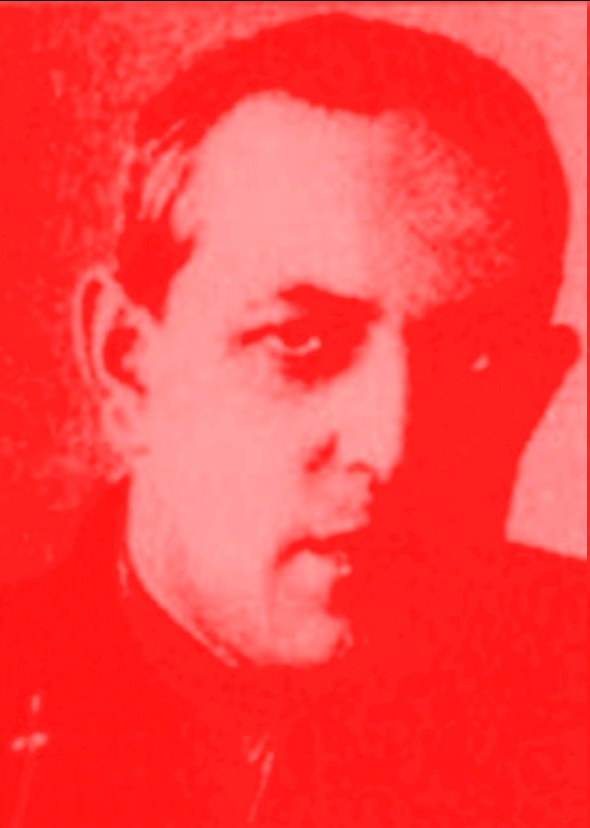
As early as in March 1935, I. Cherapkin, B. Zaikovsky, N. Kovalev and other “particularly dangerous” Mokshans were arrested on their orders. Fulfilling the Stalinist plan to clean up the “fifth column”, which included our predecessors, the Chekists did not shun disgusting torture and executions. They accused without trial or investigation (those guilty only of love for their people and striving for equalizing them in their development with Estonians, Finns, Hungarians) of various fictitious sins, and then, after a promptly read out sentence, shot against the wall or in the basement. So, these figures of Finno-Ugric prometheanism became one of the main targets of the Soviet occupation-terrorist regime!
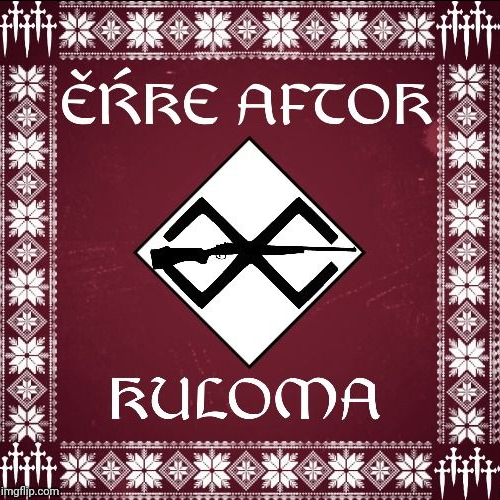
Mass punitive operations, according to the plan of the Kremlin leader himself, were supposed to end the 20-year struggle against “socially hostile elements” in the USSR. At the same time, neither Stalin nor other Bolshevik leaders (N. Yezhov, A. Vyshinsky, L. Beria) could clearly define the criteria of the “enemy”, which during the 1930s. constantly changed as a result of tactical political and economic considerations. Therefore, new social and national groups of the population were sent to Soviet concentration camps, and passionaries, like the tireless educator Cherapkin, were shot.
Here is how Illarion Pozdyaev spoke about his activities: “Cherapon Ose is one of the experts in Mordovian dialects, the author of textbooks for Moksha schools and the Moksha-Mordovian Dictionary, a scientist, a former secretary of the Od Vele newspaper. He criticized the works of Ryabovon Tolya and Peterburgsky Fedor on the Moksha language. Due to strange circumstances, he died in March 1935. The Krasnaya Mordovia newspaper called him “the greatest Mordovian linguist, who paid much attention to the history and ethnography of the Mordovians, the oldest teacher who nurtured many hundreds of specialists working in all areas of socialist construction.” He was probably one of the few who was rather sharply-worded on the national question: “Mordovia is a future independent republic that does not need the help of Russians!” or “Mordovia for Moksha and Erzi!” Mostly Cherapon Ose addressed the youth, urging them to get rid of any superficial, frivolous attitude to their native language and literature.
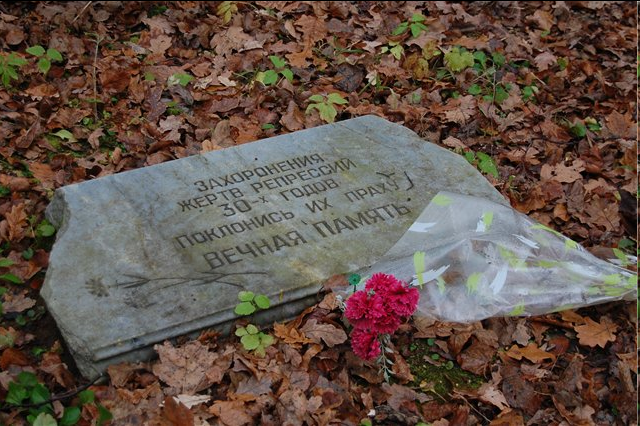
In fairness, it should be noted that Wand, Pilliar, and Weisager, as well as the “Ukrainian” colleagues Kosior, Uspensky and Vyatkin, despite their services to the Red Motherland, were ground by the millstones of Stalinist repressions. All of them were accused of espionage: already during the purges in the ranks of the NKVD, death in the form of a bullet found its “heroes” from Lubyanka, who killed hundreds of innocent lives of Mokshans. But this fact is especially striking: Cherapkin, together with Zaikovsky, were being investigated for the same felony, however, none of them was on the lists of the repressed or rehabilitated.
Until now, the exact circumstances of their deaths are unknown. Modern Russian “press tribe” tries to speculate, saying that both Cherapkin and Zaikovsky, despite being in the prime of life (50-55 years old), for some reason suddenly “retired, got into mysticism, died between 1933 and 1935”, essentially overwriting the real date of the “sudden” death. The day before, both Moksha educators were not just active – they wrote scientific works, carried out excavations in the Middle Volga region (the settlements of Noronshashcht and Uvek), finding many facts not only about the existence in pre-Mongolian times of the state of Murunza, headed by the Mordvan dynasty (in some sources of the Mordukans – author’s notice.), but also taking out old Moksha money from the times of Khazaria and Bulgaria from under the steppe land.
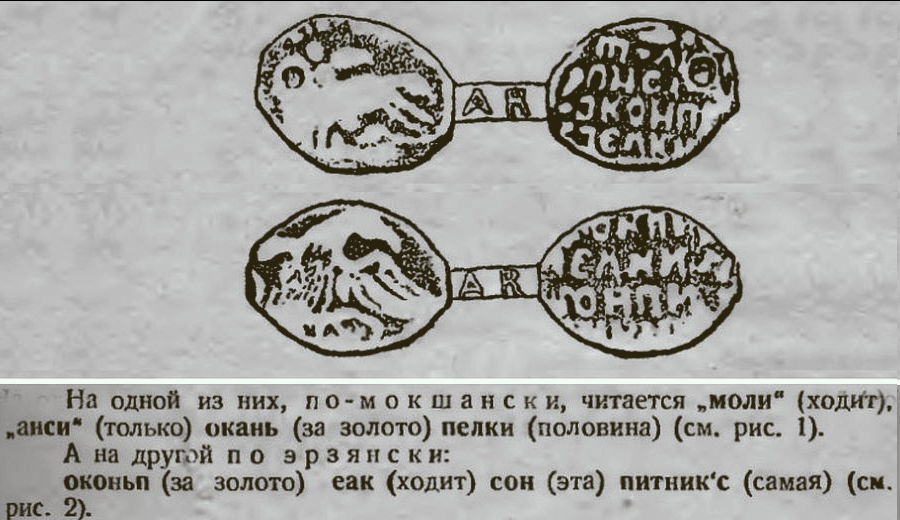
Romantic enthusiasts, Moksha idealists, who were practically the brains of our nation, had not just sunk into oblivion. For a long time their asceticism was deliberately concealed both in the Russian Federation and abroad. With the end of the Great Terror, all books, magazines and newspapers in the Moksha language (up to 80% of all literature – ed.), which mentioned the above “enemies of the Soviet people”, were removed from libraries, taken to Moscow or destroyed on the spot. Only a few copies were handed over to Finnish ethnographers, who handed them over to the Suomi National Library and National Archives for storage.
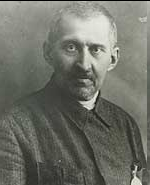
It is also worth emphasizing that to this day in Saransk, Tambov, Penza and Saratov, throughout the vast Mokshen Mastor, hundreds of unknown and already forgotten victims of Stalinist repressions have remained unburied. The “Mordovian St. Bartholomew’s Night” lasted for 3 years and carried away the elite, a “particularly recalcitrant” talented active minority, which was supposed to help our people get out of their lethargic sleep and finally become a European nation. Now their heavy burden lies with us, the military generation of the 2020s. So let’s not disgrace the memory and heritage of our ancestors!
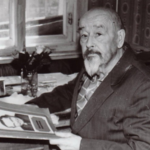
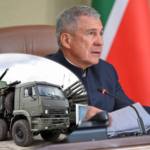
Leave a Reply